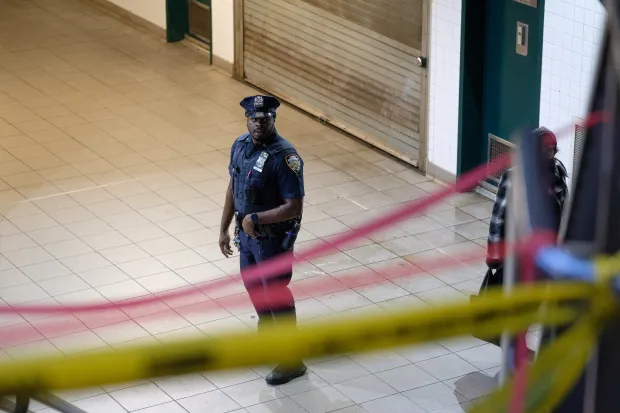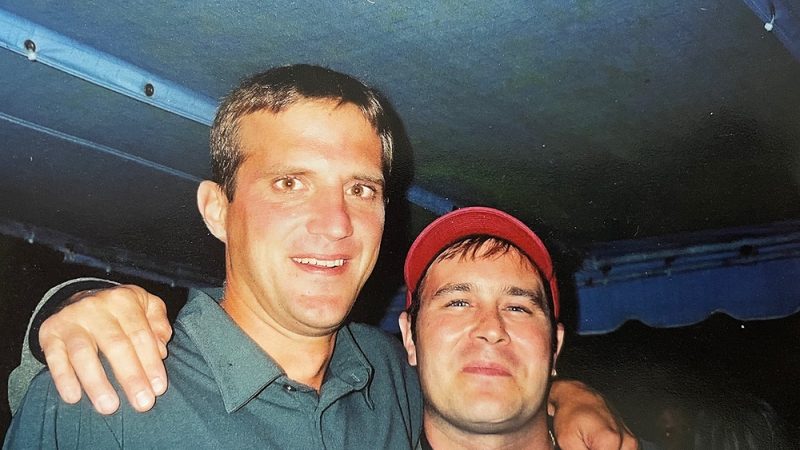: A Twist of Fate: Charges Dropped in Subway Killing of Yonkers Teenager

In a surprising turn of events, the judicial landscape surrounding the subway killing of a Yonkers teenager took an unexpected twist when charges were dropped, leaving the community and the nation grappling with a complex mixture of emotions. The incident, which had initially sparked outrage and demands for justice, now unfolds as a case shrouded in uncertainty and the pursuit of truth. This article delves into the details of the case, the factors that led to the charges being dropped, and the ramifications for both the victim’s family and the criminal justice system.
The Tragic Incident
The story begins with the tragic death of a Yonkers teenager, whose life was cut short in the bustling confines of a subway station. The incident sent shockwaves through the community, prompting an immediate response from law enforcement agencies and a public outcry for swift justice. As details emerged, it became apparent that the circumstances surrounding the young victim’s death were murky, with conflicting accounts from witnesses and a plethora of unanswered questions.
The Initial Arrest
In the wake of the subway killing, law enforcement swiftly apprehended a suspect they believed to be responsible for the teenager’s death. The arrest was met with a sense of relief among the community, hopeful that justice would be served for the grieving family. The accused individual faced a barrage of charges, including murder, that seemed to paint a grim picture of a life forever altered by a moment of violence.
Shifting Tides: Reasons Behind the Dropped Charges
However, as the legal proceedings unfolded, a series of unforeseen developments led to the shocking decision to drop charges against the accused. The intricacies of the case, coupled with new evidence and legal arguments, paved the way for a reevaluation of the charges. One key factor in this decision was the emergence of additional witnesses whose testimonies contradicted the initial narrative presented by law enforcement.
Legal Challenges and Technicalities
The judicial process is a complex web of rules, regulations, and legal technicalities, and in this case, it played a pivotal role in the dropping of charges. Defense attorneys skillfully navigated through legal loopholes, challenging the admissibility of evidence and raising doubts about the reliability of witness statements. This intricate dance between prosecution and defense laid the groundwork for a reexamination of the case, ultimately leading to the decision to drop charges.
Public Reaction and Community Response
As news of the dropped charges reverberated through the community, emotions ran high, and the public found itself at a crossroads between demanding justice for the victim and grappling with the legal nuances that led to this unexpected outcome. The victim’s family, in particular, faced the arduous task of reconciling their quest for closure with the sudden turn of events, leaving them in a state of limbo as they sought answers and accountability.
The Impact on Law Enforcement
The dropping of charges in a high-profile case inevitably casts a spotlight on the practices and procedures of law enforcement. Questions arise regarding the initial investigation, the collection of evidence, and the reliability of witness testimonies. This turn of events underscores the need for transparency and accountability within the criminal justice system, prompting a reassessment of investigative methods and the pursuit of truth in the face of evolving circumstances.
The Call for Reform
In the aftermath of the dropped charges, community leaders, activists, and legal experts alike called for a comprehensive review of the criminal justice system. The case highlighted the inherent flaws and vulnerabilities that exist within the system, emphasizing the importance of reform to ensure a fair and just process for all involved parties. Calls for increased oversight, improved training for law enforcement, and a reevaluation of prosecutorial practices gained momentum as the community sought to prevent similar incidents from occurring in the future.
Lessons Learned and Moving Forward
The Yonkers subway killing case serves as a stark reminder of the complexities inherent in the pursuit of justice. While the dropped charges may have left the community grappling with a sense of injustice, it also provides an opportunity for reflection and growth. The legal system must continually adapt and evolve to address the challenges posed by each unique case, ensuring that justice remains a cornerstone of societal values.
Conclusion
The dropping of charges in the subway killing of a Yonkers teenager has left a community in disarray, prompting a reevaluation of the criminal justice system and its ability to navigate the complexities of high-profile cases. As the nation grapples with the aftermath, it becomes clear that the pursuit of justice is an ongoing process, one that requires a delicate balance between the rights of the accused and the quest for truth and accountability.






